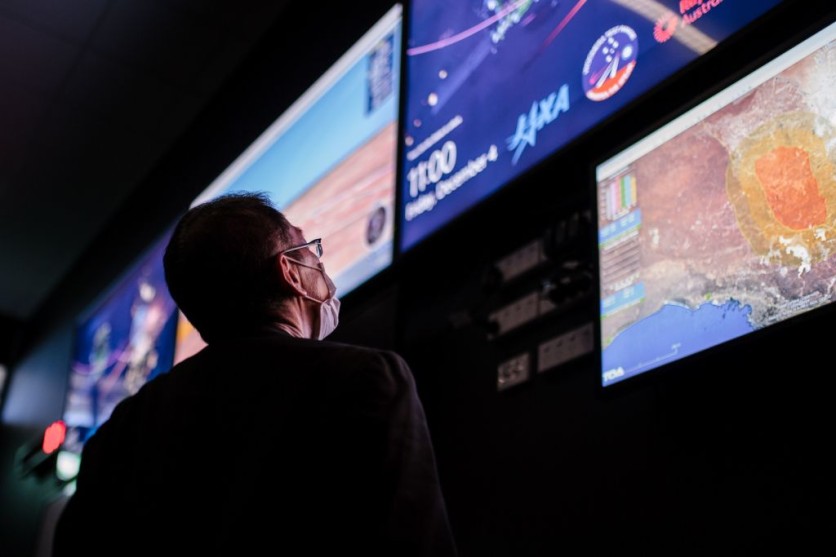China's planetary defense radar array is one step closer to full construction as it enters a new phase, according to a report by Space.com on Sunday, Feb. 19.

China Compound Eye
The "China Compound Eye" or Fuyan project is designed to photograph asteroids, follow them, and assess if they pose a threat to our planet. It will be using a network of radar antennae to reflect radar signals off far-off objects.
Four 54-foot-diameter (16-meter) radars near Chongqing in southwest China made up the first phase, which was finished in December 2022. The system and its essential technologies' viability were then confirmed by sending signals to the moon.
The construction of 25 radar antennas, each measuring 98 feet in diameter, is currently moving into a new phase. The project is anticipated to be finished in 2025.
Once the second phase of construction is finished, the team will be able to monitor an asteroid that is 10 million kilometers away and has a diameter of only a few dozen of meters, according to Zeng Tao, deputy director of the Radar Technology Research Institute under the Beijing Institute of Technology.
"For example, what it is composed of, what is its rotation speed and what is the change in its orbit after its being hit. These can be observed with the second phase under certain conditions, "Tao said in a statement with Space.com.
Read Also : NASA's James Webb Space Telescope Catches an 'Asteroid Photobomber' Roughly the Size of Rome's Colosseum
New Phase
The new phase will be launched to increase the detection range of Fuyan to 90 million miles (150 million km). To enable deep-space detection, the project simulates a bigger aperture system using a number of smaller arrays.
The China Fuyan project is being driven by the Beijing Institute of Technology. The major objective of the agency is to create an asteroid system that combines about 20 huge radar antennae, enabling them to follow asteroids effectively as they approach Earth.
These antennas will each have a diameter of about 25 to 30 meters. As a result, according to scientists, the future Chinese Fuyan will be the biggest asteroid-detecting system ever built.
The Chinese National Space Administration also declared in April 2022 that it is developing a planetary defense strategy that includes monitoring close-range spacecraft and launching an asteroid-deflection test akin to NASA's DART mission in the coming years.
Related Article : NASA's NEO Surveyor Achieves Milestone as it Gears for Monitoring Hazardous Asteroids to Advance Planetary Defense

ⓒ 2025 TECHTIMES.com All rights reserved. Do not reproduce without permission.




